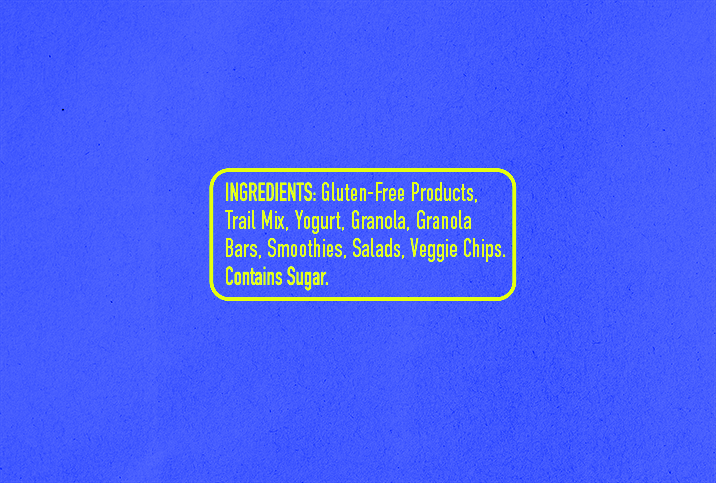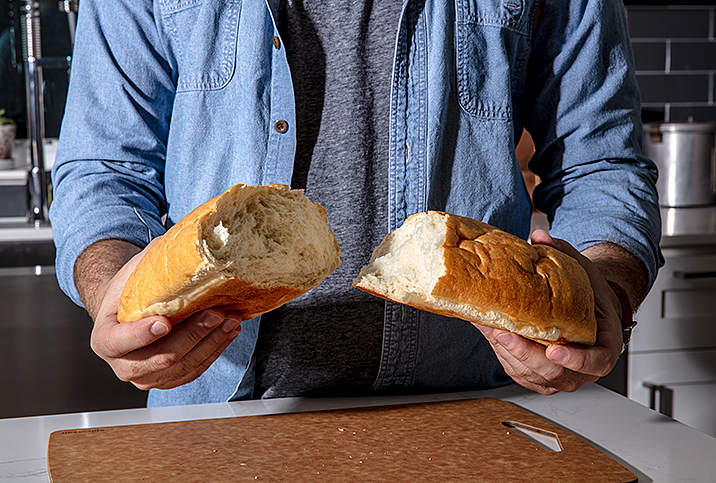How to Tell if Preprepared Food Is Healthy

You might think you're making good choices for yourself and your family when you fill your grocery cart with products labeled "all-natural," "naturally sweetened" or "gluten-free."
Think again.
There's a massive shell game afoot in the prepared food industry and all of us are the marks.
"There are many foods that are commonly thought of as 'healthy' but are actually not so healthy," said Jinan Banna, Ph.D., R.D., associate professor of nutrition at the University of Hawaii. "As a registered dietitian, one of the big things I am on the lookout for is added sugar [because] this is hidden in so many foods."
Sugar is sugar no matter how it's dressed up
Excessive amounts of sugar in your diet can suppress your immune system, increase the risk of obesity, diabetes and heart disease, cause tooth decay and gum disease, and alter your mood. The list goes on. "Natural sweeteners can be just as problematic as processed sugar," said Michelle Rauch, R.D., clinical nutrition manager at the Actors Fund Home in Englewood, New Jersey. "[Manufacturers] use fruit juices. They use honey. They use molasses, maple syrup—and it's all sugar."
And all of these products have the same effect on our bodies, according to Rauch.
However, sugar is not the only ingredient playing hide-and-seek. An ingredient label may reveal a product also contains processed and artificial ingredients, fat and salt.
Here are several food groups you might want to especially focus on:
Gluten-free products
Many people believe eating gluten-free is healthy, which is probably not true unless, of course, you have gluten sensitivity.
"In reality, gluten-free products are probably less healthy or just as unhealthy as products made with gluten," Banna said. "Most have replaced gluten with other starchy ingredients because they have to make the base of the product. They'll use potato, tapioca, cornstarch and rice flour, and things like that."
If you want to eat a healthy gluten-free diet, Banna said, "Eliminate those foods that you should eliminate naturally and don't replace them. Skip the cookies, skip the bread."
Trail mix
Trail mix, originally consisting of nuts, seeds and dried fruits, began as a favorite of hikers and athletes because it was portable, lightweight and calorically dense, sustaining them as they burned high amounts of calories.
"Now, people like to snack on it and don't think about how calorie-dense it is," Rauch said. "And when you eat too much of it, you end up eating a lot more calories than you anticipate."
Reading the label is important.
"Dried fruit is high in calories, it's concentrated fruit that has been dehydrated and it's calorie-dense," Rauch continued. "When you start adding in chocolate-covered things or the 'yogurt-covered' things, you are really adding sugar."
It's true, there's no yogurt on those yogurt-covered raisins. Take a look at the ingredients and you will likely find sugar, partially hydrogenated palm kernel oil, nonfat milk powder, yogurt powder, whey, titanium dioxide, soy lecithin, vanilla, confectioner's glaze, corn syrup, dextrin and maltodextrin. Does that sound like yogurt to you?
Yogurt
And talking of yogurt, if you're choosing flavored yogurt with "mix-ins" such as jam, granola, cookie bits or even fruit on the bottom, proceed with caution.
"Yogurt and fruit are excellent foods, but when prepared this way, there are a lot of unnecessary empty calories," Banna said. "A better choice would be to purchase plain yogurt and add fresh fruit or unsweetened dried fruit. If you need more sweetness, you could drizzle a little honey over it, which would more than likely be less sugar than included in packaged yogurt with fruit."
Granola and granola bars
Granola is often touted as being "natural" and can also be advertised as "low sodium," "non-GMO" and "gluten-free."
But that's not necessarily reality.
"Granola is often loaded with sugar," Banna said. "In examining a bag of granola that quickly appears in an internet search, sugar is the second ingredient and there is 13 grams of added sugar in a three-fourths cup serving."
You can say exactly the same thing about granola bars.
"[They] might be touted as natural, and [even if] it's not as refined, it's still calories," Rauch said. "It's still sugar and it affects you the same way. [Many brands are] really candy bars in disguise."
Smoothies
These tasty, portable meal replacements can be friend or foe, depending on the ingredients.
According to Banna, a healthy smoothie can contain fresh fruit, milk, chia seeds and peanut butter, which in itself is a high-calorie food. However, she warned that smoothies can just as easily contain juice with added sugar, which doesn't provide the fiber of fruit, and other ingredients with added sugar such as sweetened soy milk or even ice cream.
Salads
Perhaps surprisingly, salads are also on the list of "healthy" foods with a Jekyll and Hyde personality. The trouble starts when the ingredient list extends beyond fresh vegetables, nuts or seeds, and lean meats.
"To keep a salad healthy, focus on sources of added fat and sodium, as well as added sugar," Banna said. "You can choose a dressing that contains more unsaturated than saturated fat, such as a vinaigrette, [and] skip the processed meat and cheese, which will generally be high in saturated fat and sodium. Instead, choose items like walnuts, fresh fruit and unprocessed meat to be part of your salad."
"I ask for dressing and other stuff on the side," Rauch added. "I learned to dip my fork into them and get just a taste with every bite."
Veggie chips
While it's true veggie chips are made from real vegetables, that doesn't necessarily make them healthy options. Even though they contain small amounts of key nutrients, they don't provide the amount of kale, beets and other vegetables that you might assume. In reality, they also include a combination of starchy vegetables, salt and oil.
Take the time to research
If you want to ensure you're making healthy choices, a little research will take you a long way.
Ignore the prominent claims on the front of the package and take a closer look at the ingredient and nutrition labels right there on the back. That's where you'll get the real story of how "healthy" a product actually is.


















